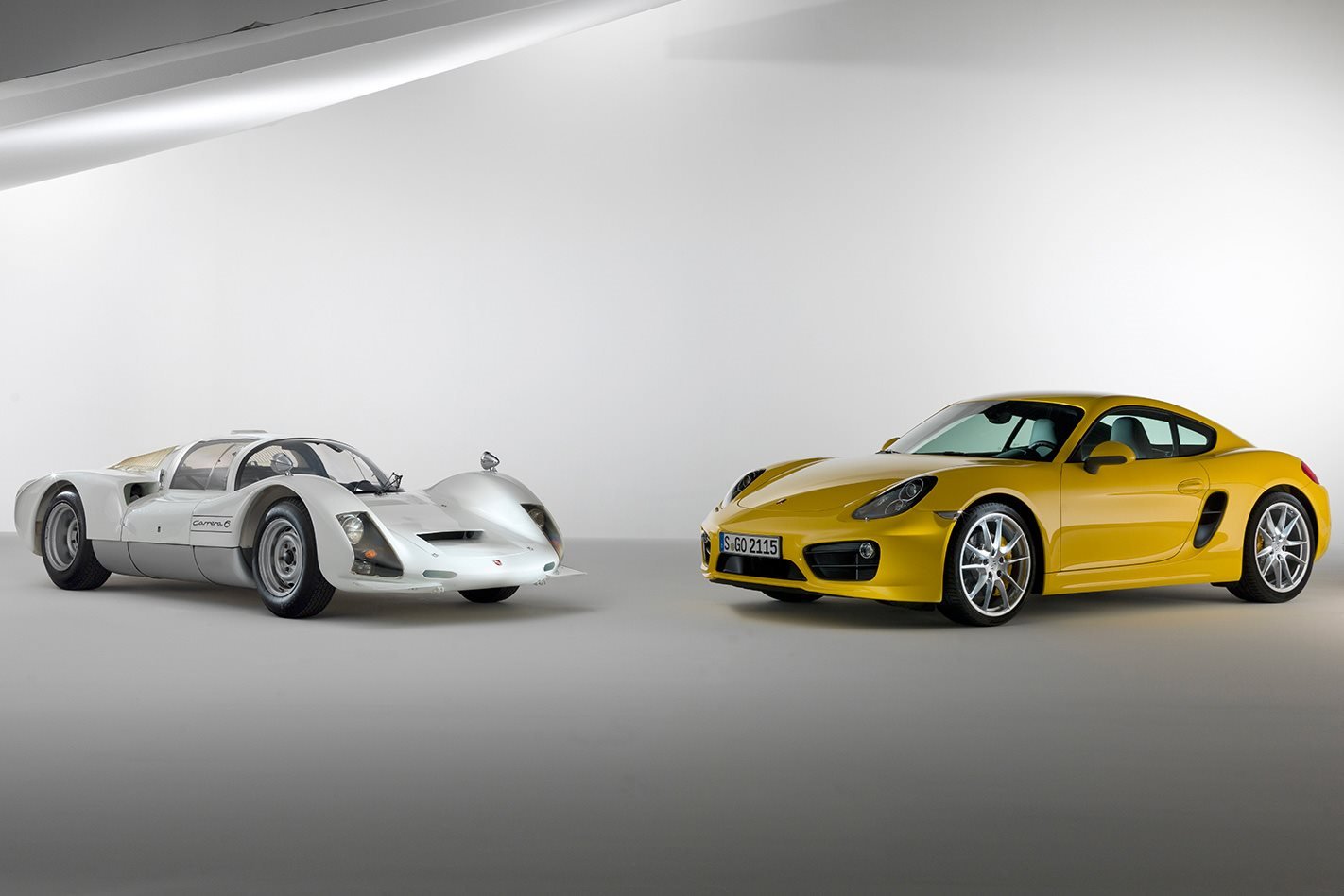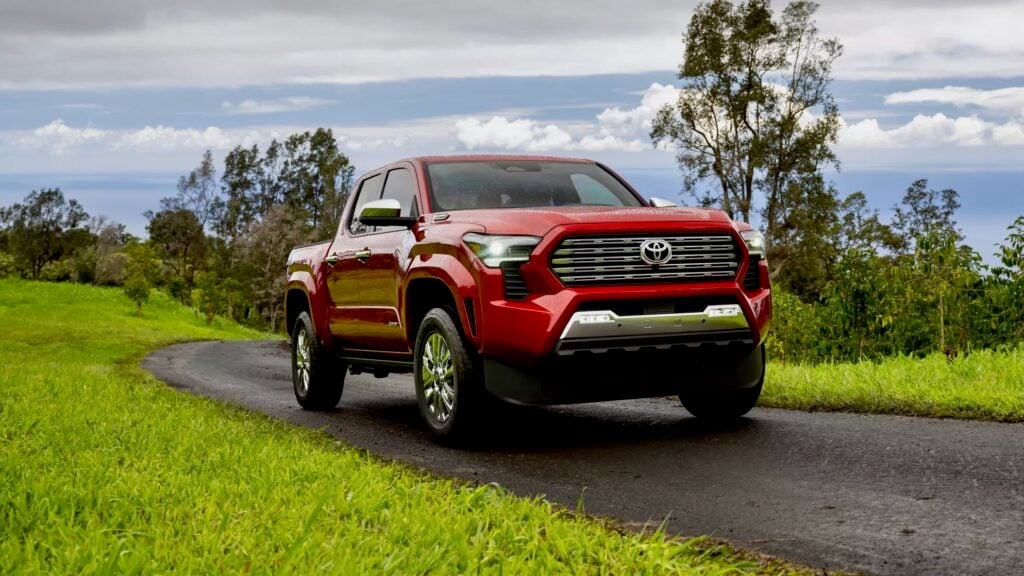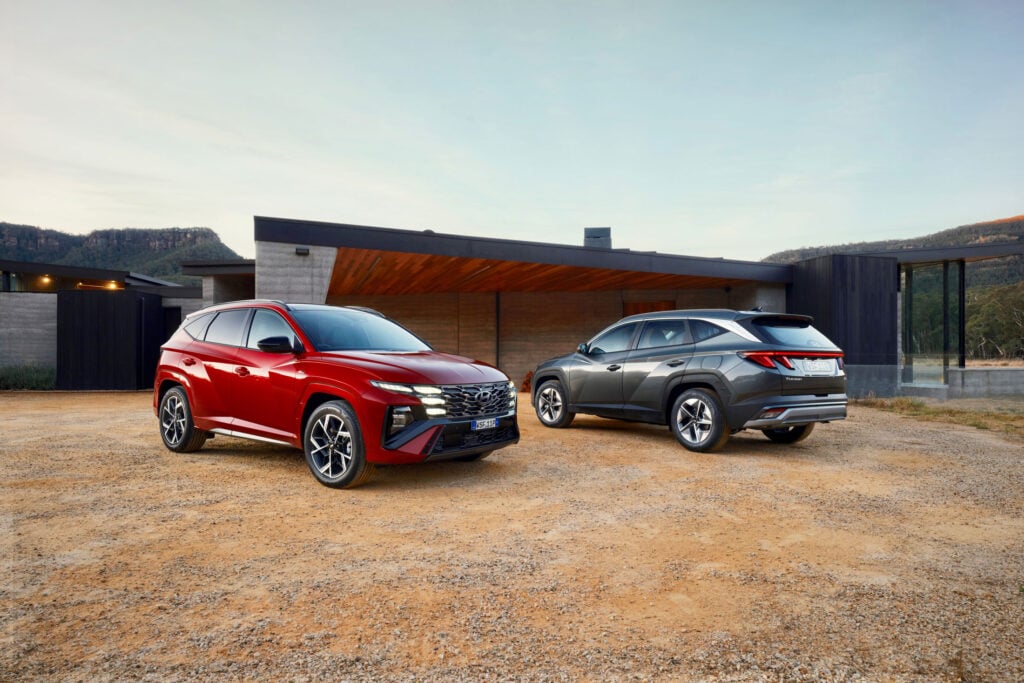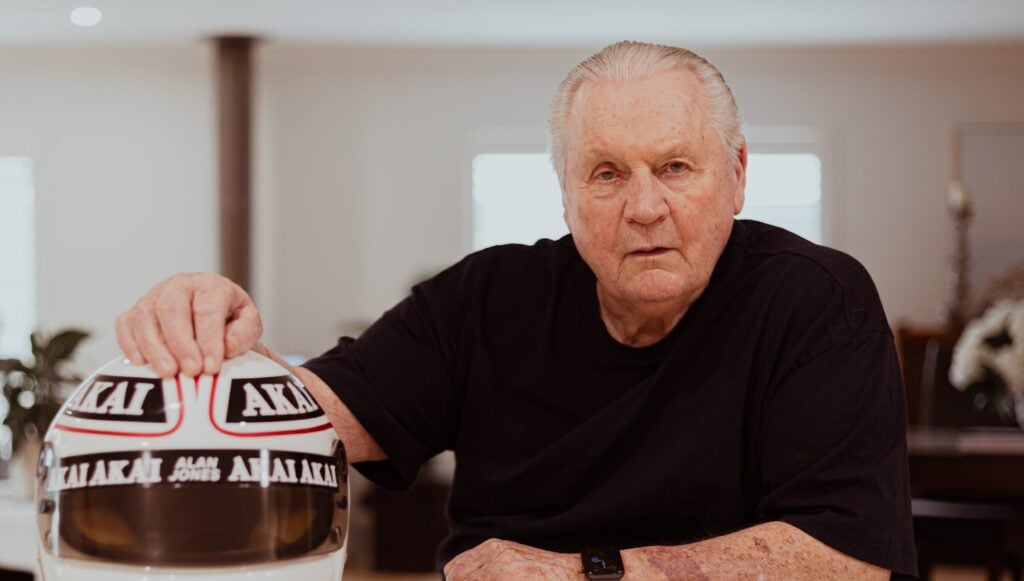Don’t for a minute think that the Porsche Cayman lacks heritage.
This article was first published in MOTOR magazine’s January 2013 issue.
Sure, the nameplate has only been around since Zuffenhausen capped and couped the Boxster in 2005, but Porsche has been doing mid-engined coupes for almost as long as the 911 has been in production.
There was just a massive gap between the gorgeously lithe 906 and the 987 that ceased production earlier this year to make way for this, the all-new 981 Cayman that was revealed at the Los Angeles Auto Show before going on sale here, in Oz, in March.
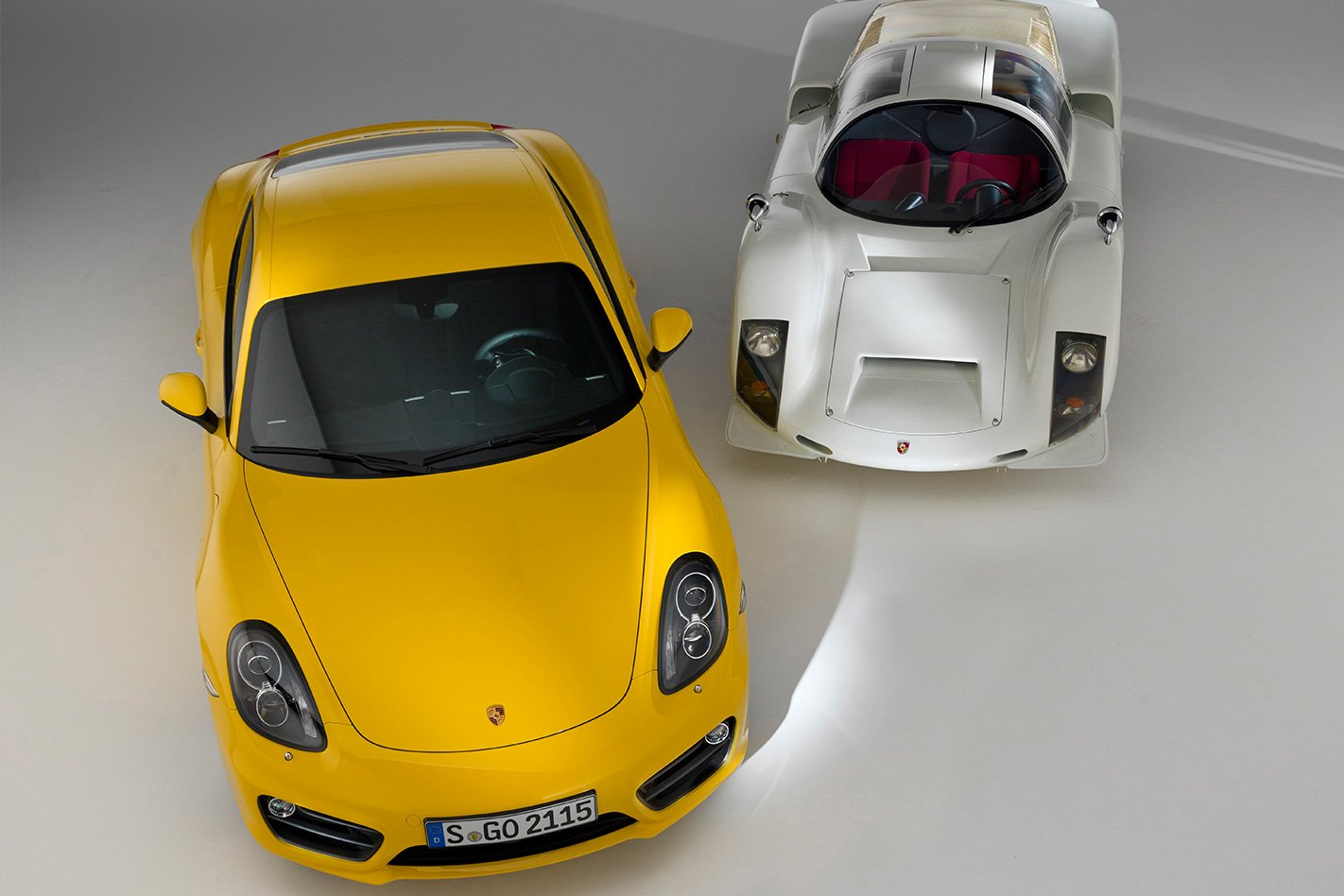
Lower (by 10mm) and longer (by 33mm), its wheelbase is stretched by 60mm, the track is slightly wider and the front overhang has been clipped. In addition, the design team, under boss Michael Mauer, created a more aggressive nose, a set of heavily modified doors and a markedly different rear end style.
Also new are the sleeker roof and the more practical tailgate made of aluminium, while the previously fixed rear air dam is now motorized, is about 40 per cent larger than before, it extends to a taller position and at a steeper angle and thereby provides quantifiably more high-speed downforce.
And, at the other end of the car, the drag-cutting spoiler at the front reduces axle lift. Other changes include more aggressive daytime running lights, bigger straked matte black lateral air intakes and a full-width, high-mounted LED stoplight.
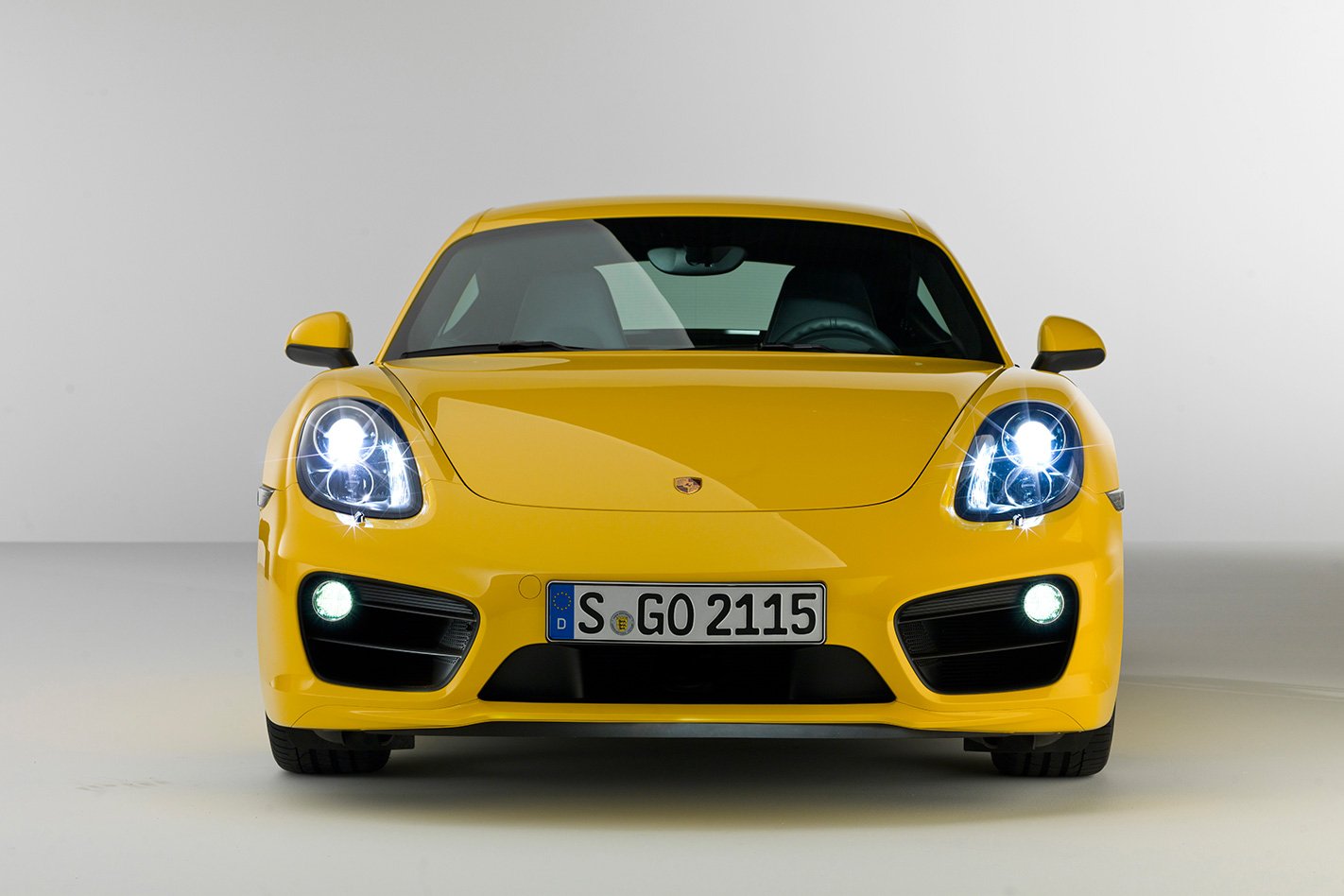
Just like Cayman, Boxster and 911, which still share an increasingly flexible common DNA, the 906 launched 46 years ago was closely related to the first-generation 911 unveiled in 1963. Famously, Porsche had planned to use the 901 name for its new rear-engined sports car, but when they lost a lawsuit to Peugeot, it was renamed 911.
For the same reason, the four-cylinder 904 was rebadged Carrera GTS, and the 906 was marketed as Carrera 6. Our mint specimen of the first-ever mid-engined Porsche still stirs, erm, all six senses. For a start, the dramatic proportions are out of this world. At 980mm, it’s lower than just about any current fixed-head sportscar.
Its width (1680mm) is petite but the length is almost self-conscious (4113mm), while long-tail Le Mans versions measure a substantial 4600mm. Its most eye-catching features are its stacked front lights in flush-fitting lenses; a Kammback rear spoiler, truly panoramic windscreen and two chromed teardrop-shaped Talbot wing mirrors.
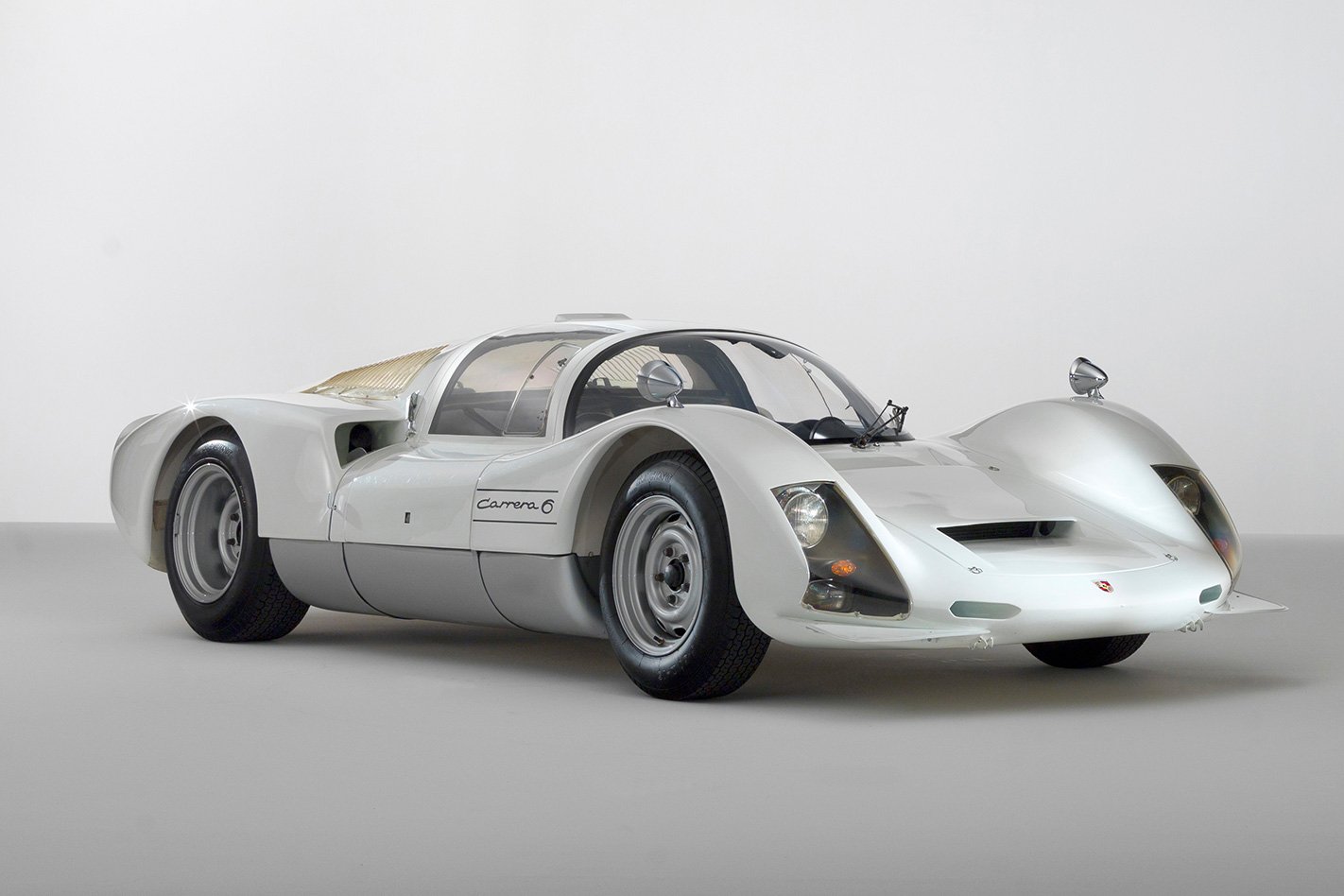
If money permits, Porsche will fit a high-end 800-watt Burmester sound system, keyless go, adaptive cruise control, power heated/ventilated memory seats, the latest infotainment wizardries and just about any conceivable colour and trim combination.
And while the new Cayman is still not the place to swing a tiger, the extended wheelbase and the more pragmatic seat design furnish tall drivers with an important extra bit of room to move. In stark constrast, the 906 was a perfect fit for short and stocky pros like Hans Hermann and Gerhard Mitter.
The gullwing doors are no fashion item, they are absolutely essential to finding a way behind the tiny low-mounted steering wheel and to slide onto the narrow cloth-trimmed seat. Once installed, the packaging is quite acceptable.
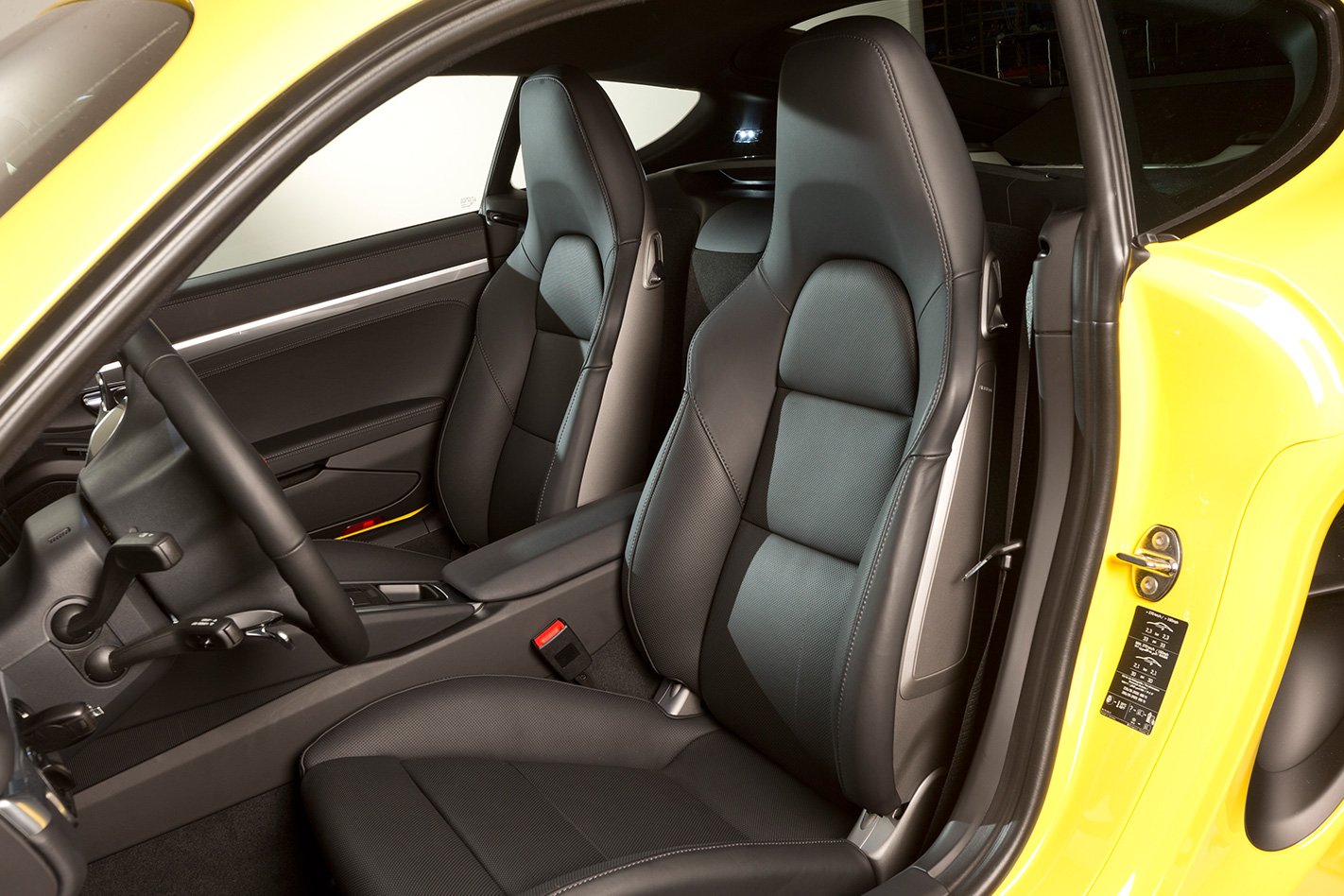
The driving environment is extremely basic. The only instruments are a rev counter redlined at 8400rpm and an oil temperature gauge, the cable-operated clutch is not much heavier than the wire-linked throttle, the five-speed gearbox is surprisingly light and slick.
A row of black rocker switches operate the single-arm wiper, the lights and the rudimentary fan set-up. As is common with the new-gen Boxster, the base Cayman uses a harder-revving, 2706cc flat six as a replacement for the old-gen’s 2.9-litre unit.
Porsche has, though, eeked an extra seven kilowatts (now 202kW), while peak power arrives slightly higher in the rev range, between 7400rpm and that 7800rpm cut-out. There is something of a outright torque trade-off, its peak dropping from the old car’s 300Nm to 290 in the newie, though there’s a broader spread as all is available between 4500-6500rpm.
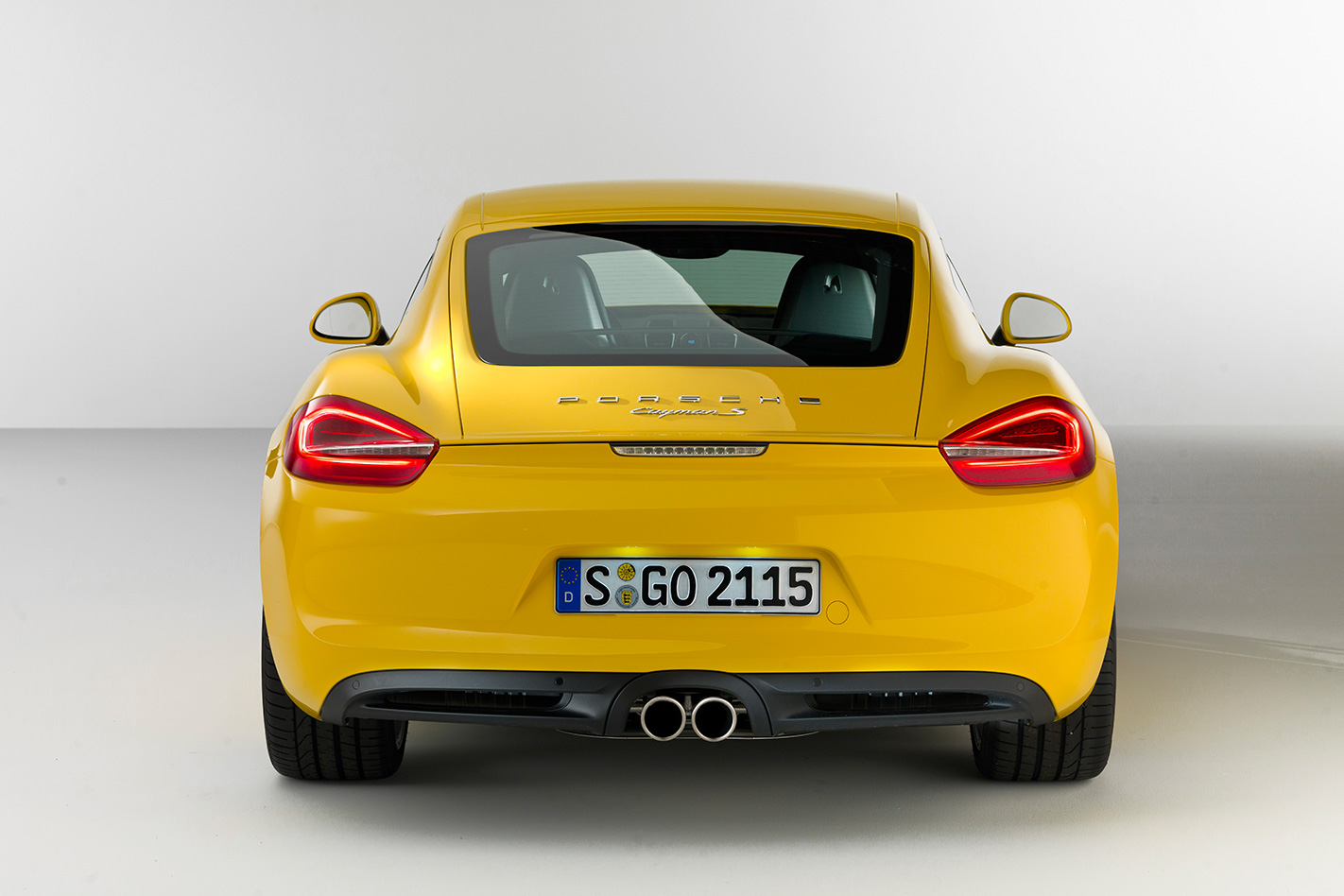
The increase may be marginal, but fuel economy improves by up to 15 per cent over the previous Cayman, and the performance of the new S version eclipses last year’s top-of-the-line R model. Both engines benefit from direct injection, brake energy regeneration and start-stop, but the camshaft adjustment is still restricted to the intake side, and turbocharging is so far reserved for high-end 911s.
Both variants come standard with a regular H-pattern six-speed manual, though when fitted with options such as the seven-speed PDK transmission and the Sport Chrono pack, the Cayman S will, with launch control activated, sprint in 4.7sec from 0-100km/h and on to a maximum speed of 283km/h.
Meanwhile, the base version’s acceleration starts at 5.7sec for the run to 100km/h, shaves 0.3sec by ticking the Sport Chrono and PDK option boxes, and tops out at 266km/h.
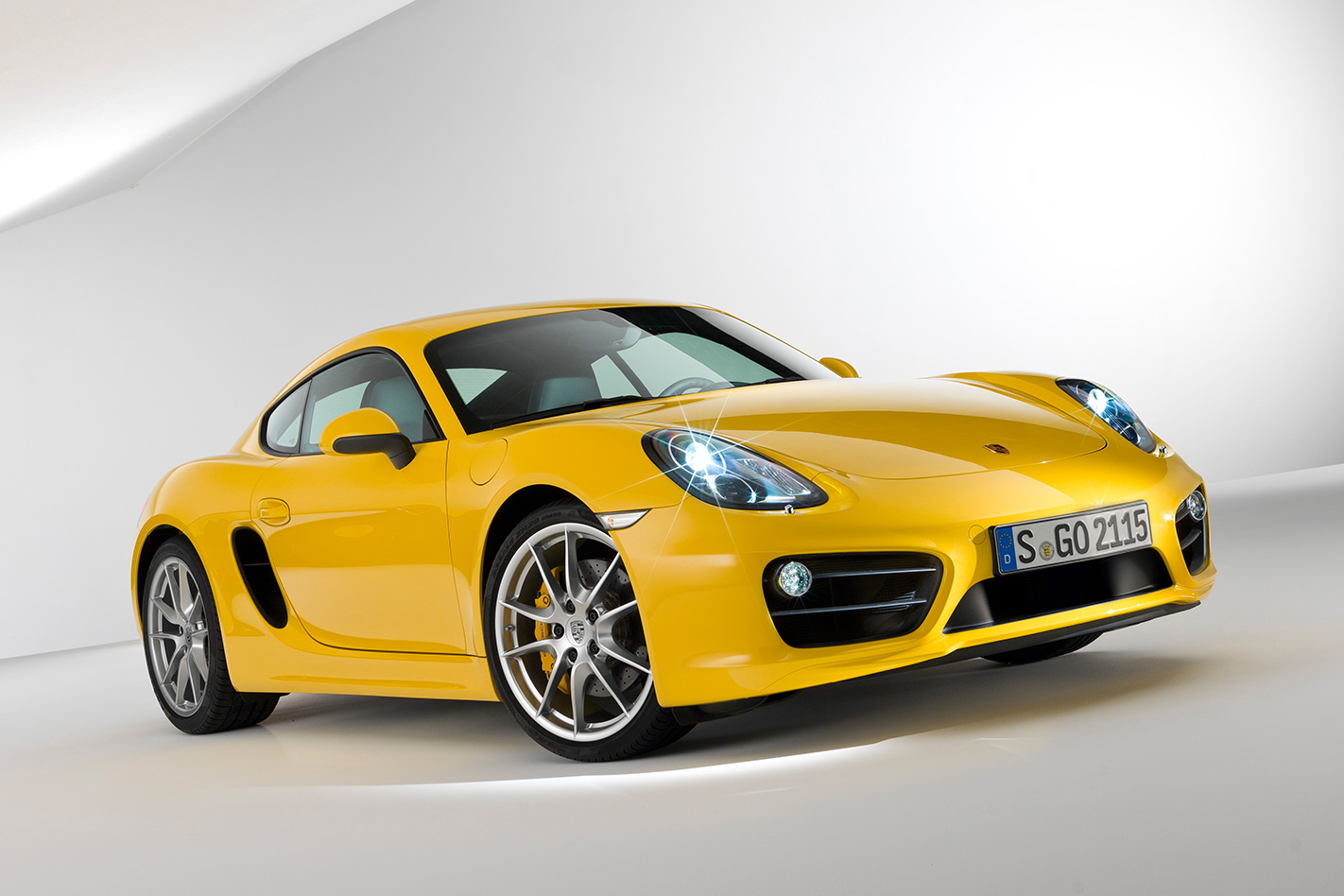
There’ll also be a slew of wheel/tyre options, too, though the standard-spec base car runs on 18s and the S on 19s, both with 235mm rubber up the front and meaty 265mm hoops tucked under the rear. Tipping the scales between 675-710kg depending on specification, the Carrera 6 weighs only about half as much as the new (1310-1320kg) Cayman.
This is primarily due to the radically lean tubular spaceframe chassis clad with self-supporting composite clamshell body sections. Other contributing factors are exotic materials like beryllium, magnesium, titanium and aluminum. The air-cooled 2.0-litre flat six delivers 157kW at 8000rpm and 196Nm at 6000rpm.
Although it is thus 60kW more powerful than the motor installed in the 1966 model 911, it weighs an amazing 54kg less. Using the tallest of three available final-drive ratios, the longtail 906 would hit an impressive 281km/h. The rack-and-pinion steering and the four ATE disc brakes lack the faintest trace of power assistance.
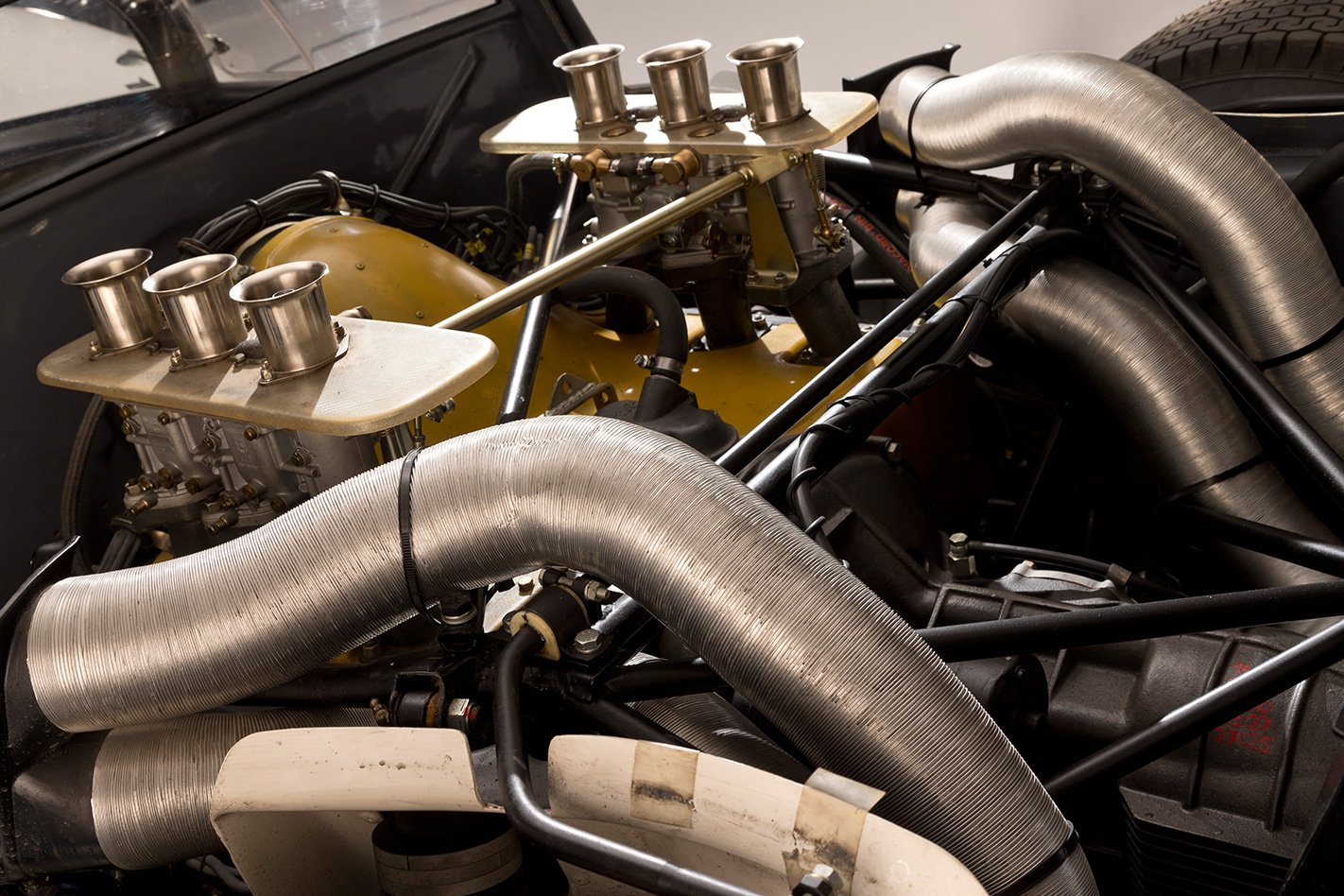
Although it is quantifiably cheaper to build than the Boxster, which requires extra stiffening measures and a complex power-operated top, the Cayman actually sells for more coin than its soft-top sibling.
Like the common components concept which fused the 911 and its mid-engined sister models, the Cayman’s ambitious positioning was the idea of the previous Porsche chairman Wendelin Wiedeking who did not know a lot about cars but was an expert in milking the customer.
Kicking off with the base manual car’s $115,500 ask, the new coupe is just $400 more expensive than the model it replaces. Meanwhile, the S version breeches the $150K mark by $400 sans options, representing a $2900 jump over the outgoing model. That said, you can easily shell out another five figures for what many consider essential options.
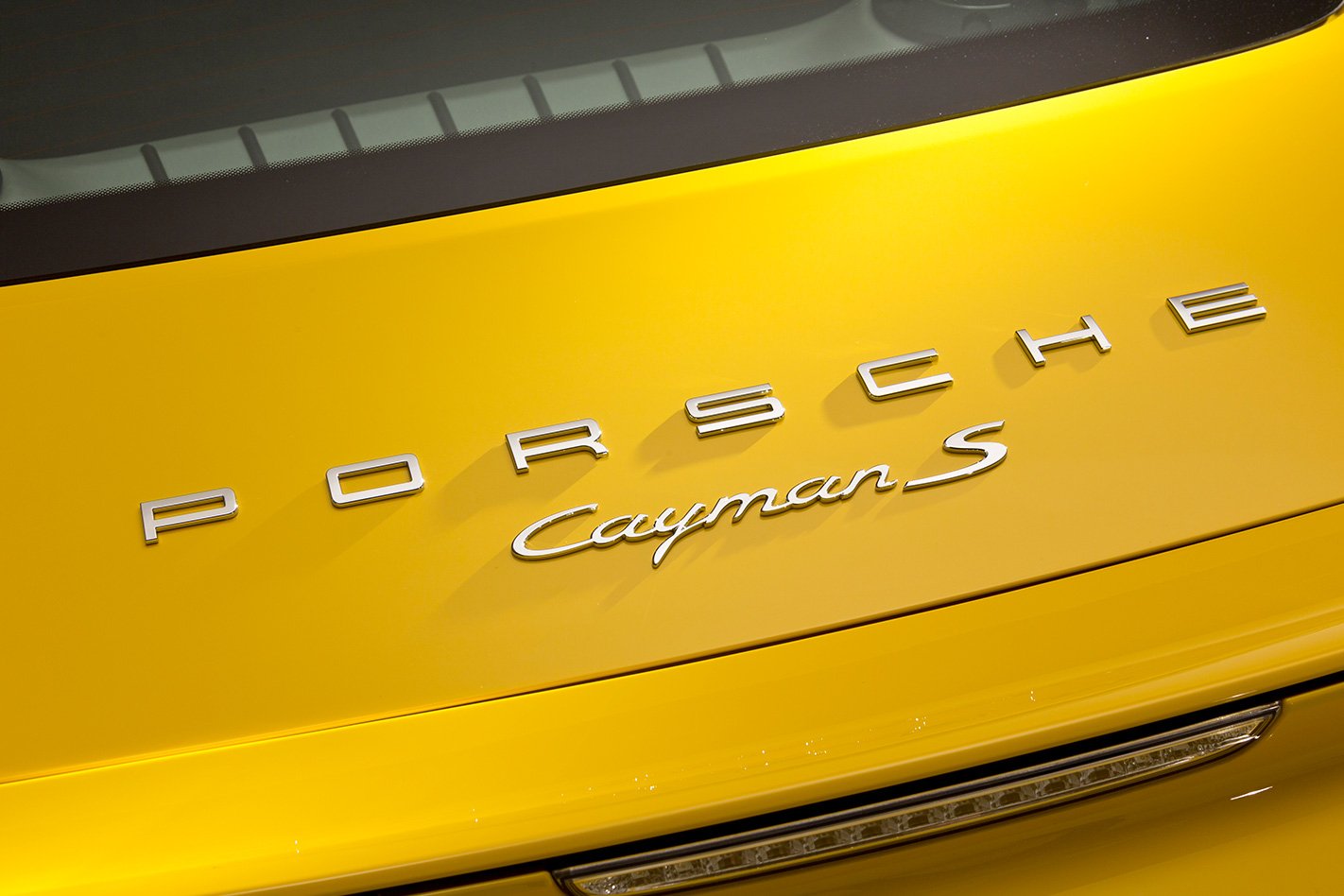
At the other end of the scale, the mid-cycle makeover expected for late 2015 may yield a new entry-level Cayman powered by a more frugal turbocharged four-cylinder boxer engine. Also in the making are said to be a seven-speed manual gearbox and a wider choice of operating modes modelled after BMW’s Driving Experience Control selector and Ferrari’s manettino.
Derived from the so-called Bergspyder and developed by the freshly promoted chief engineer Ferdinand Piech, grandson of Ferdinand Porsche, the Porsche 906 carried a 45,000 Marks sticker, a huge increase over its 29,700 Mark 904 forebear. Despite this hefty premium, the limited production run of 50 units sold out quickly.
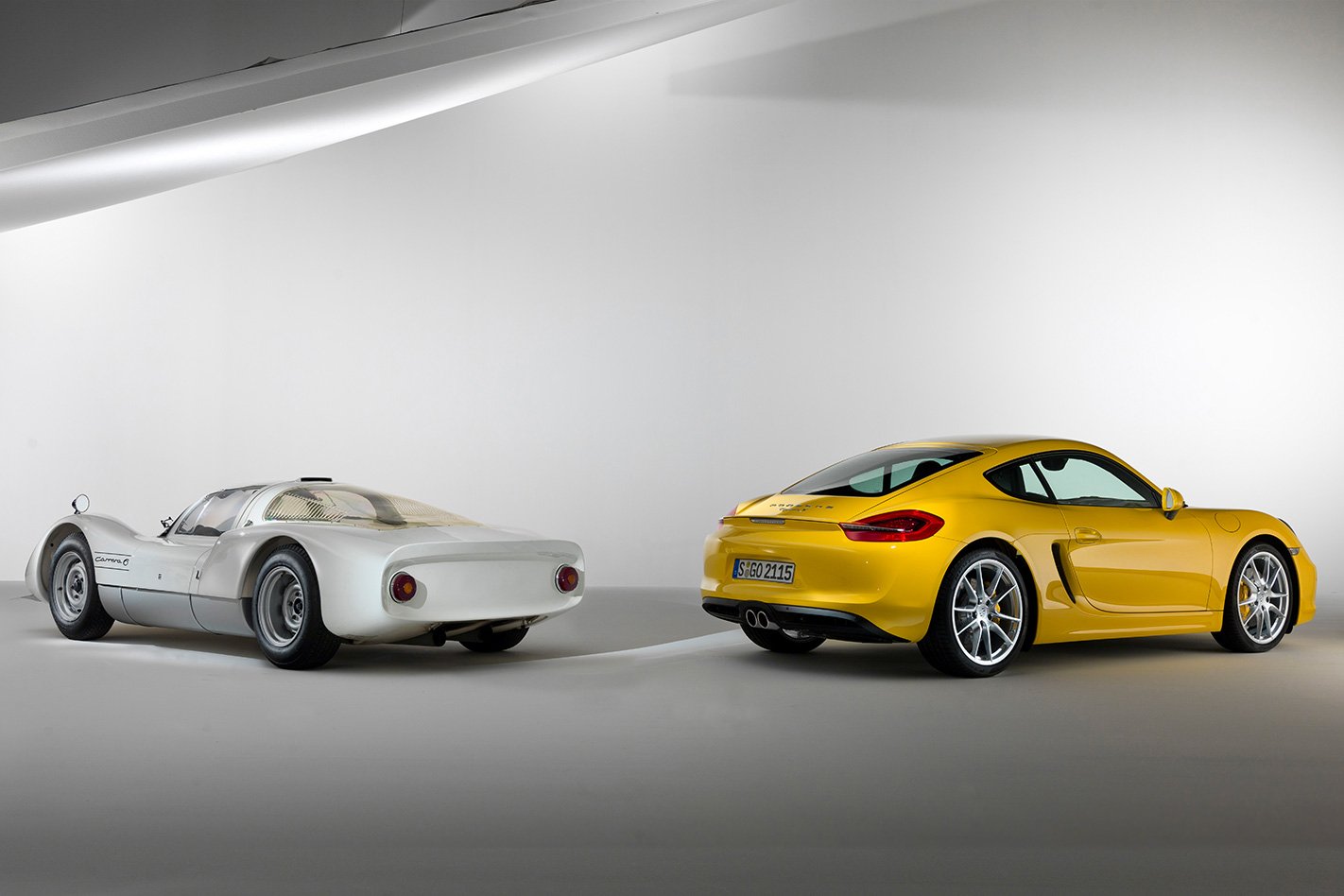
All customer cars featured two triple Weber IDA 48mm carburettors straddled by six intake trumpets which sounded spine-tinglingly sexy when operating in full throttle fashion. Willy Mairesse and Herbert Müller drove a private Scuderia Flipinetti 906 to victory at the 1966 Targa Florio, the model’s main claim to racing fame.
Although the 906 won its class in that year’s world championship, it was after only one season superseded by the brawnier 910. Feel like investing in a well-kept Carrera 6?
If the kitty labelled ‘special purchases’ holds in excess of a lazy million, you may be able to buy a matching numbers specimen with strong history for those rare track-day outings and a brand-new Cayman S, which should make a super-sweet daily driver.
Hot lapping in a 904
Amongst an assortment of jelly bean-coloured Cayman Rs ready to hit the circuit, it was easy to miss the petite silver coupe hiding down the other end of Mallorca’s RennArena. It wasn’t as easy to hide the lanky, yet just as lithe, frame of multiple world rally champion Walter Rohrl standing next to it.
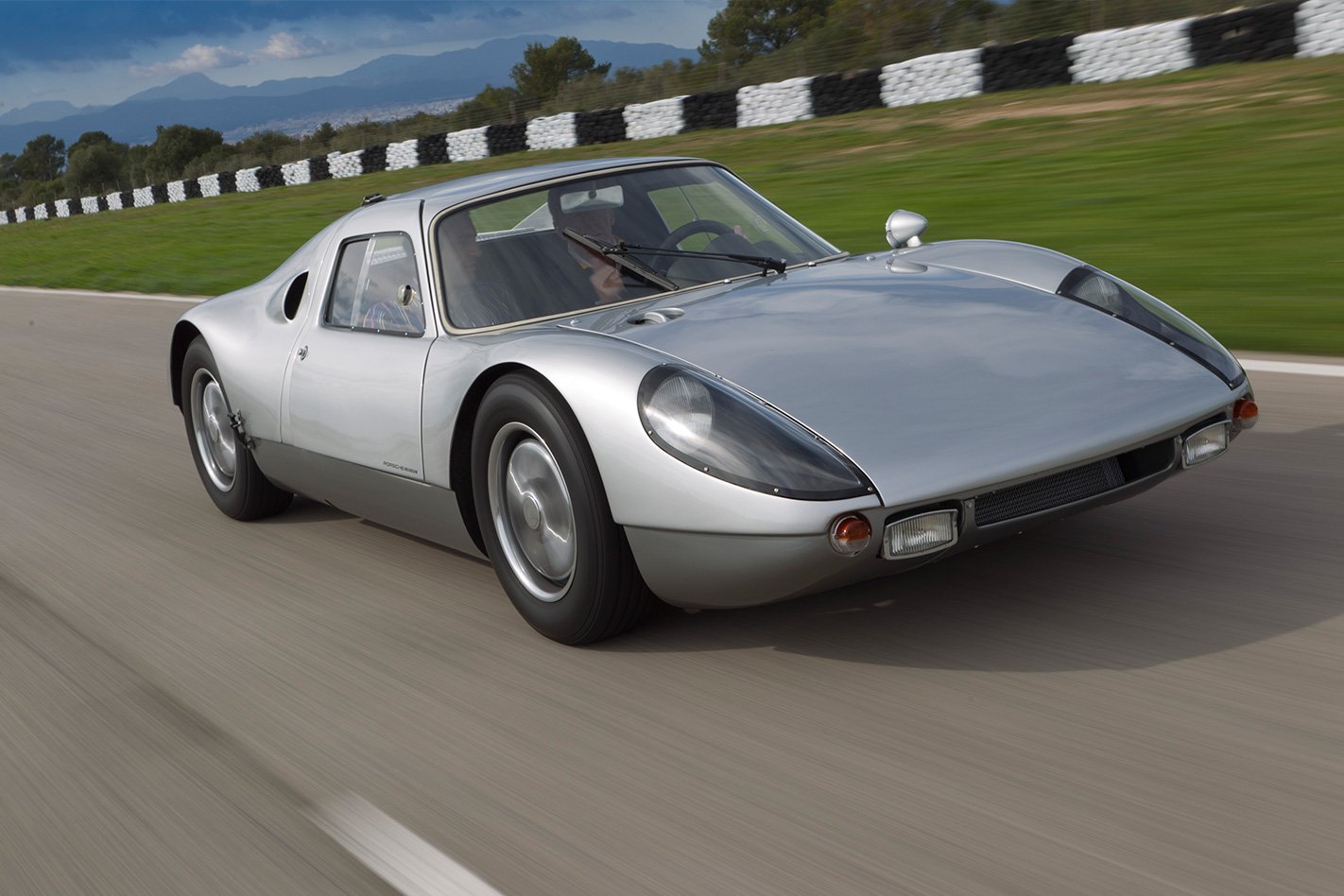
Soon enough, I’m literally rubbing shoulders with motor racing royalty in a priceless fibreglass-bodied carriage. Can’t get any better… Until he twists the key in the centre of the dash and the glorious sound of triple Webers gorging oxygen into the flat six whirrs behind my hears with only a thin sheet of plexiglass muffling the mechanical symphony.
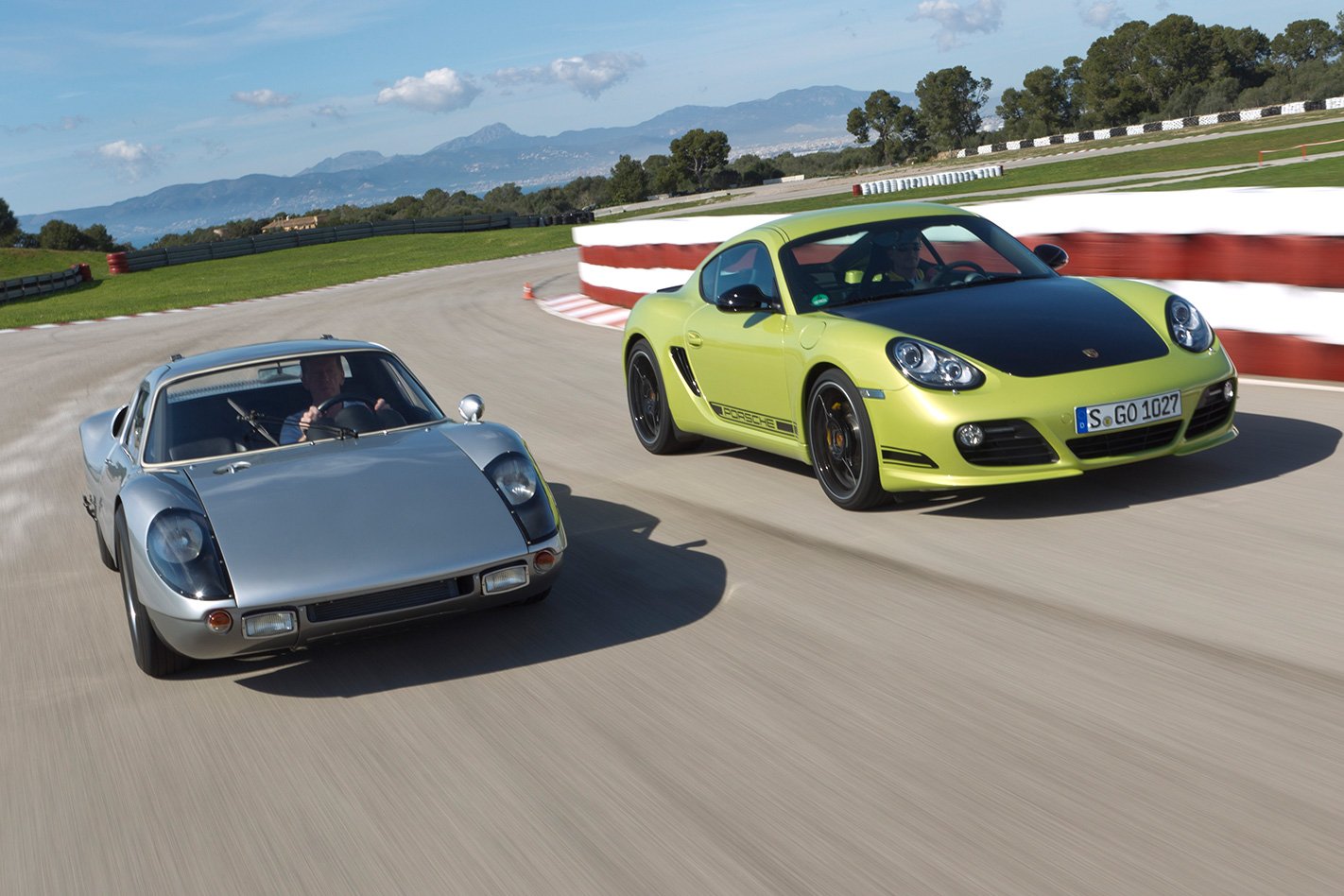
The 904 is playing underneath him, pivoting on its mid-mounted axis; the front-end pointing wherever he directs the wheel and the rear following it through constant adjustments on the throttle. And, at the same time, I realise how far things have come in the last 40 years, and how they stay the same.
| u00a0 | Porsche 981 Cayman S | u00a0Porsche 906 Carrera 6 |
| Engine | flat 6, DOHC, 24v | flat 6, SOHC, 12v |
| Power | 239kW @ 7400rpm | 157kW @ 8000rpmu00a0 |
| Torqueu00a0 | 370Nm @ 4500-5800rpm | 196Nm @ 6000rpmu00a0 |
| Kerb Weight | 1350kg | 675kgu00a0 |
| Tyres | Pirelli P Zero | Dunlop Racing CR65 |
| Wheels | 20 x 8.0-inch (f), 20 x 9.5-inch (r), alloy | 15 x 7.0-inch (f), 15 x 8.0-inch (r), steel and alloyu00a0 |
| Priceu00a0 | $155,700 (incl PDK) | $900,000 (estimated)u00a0 |

